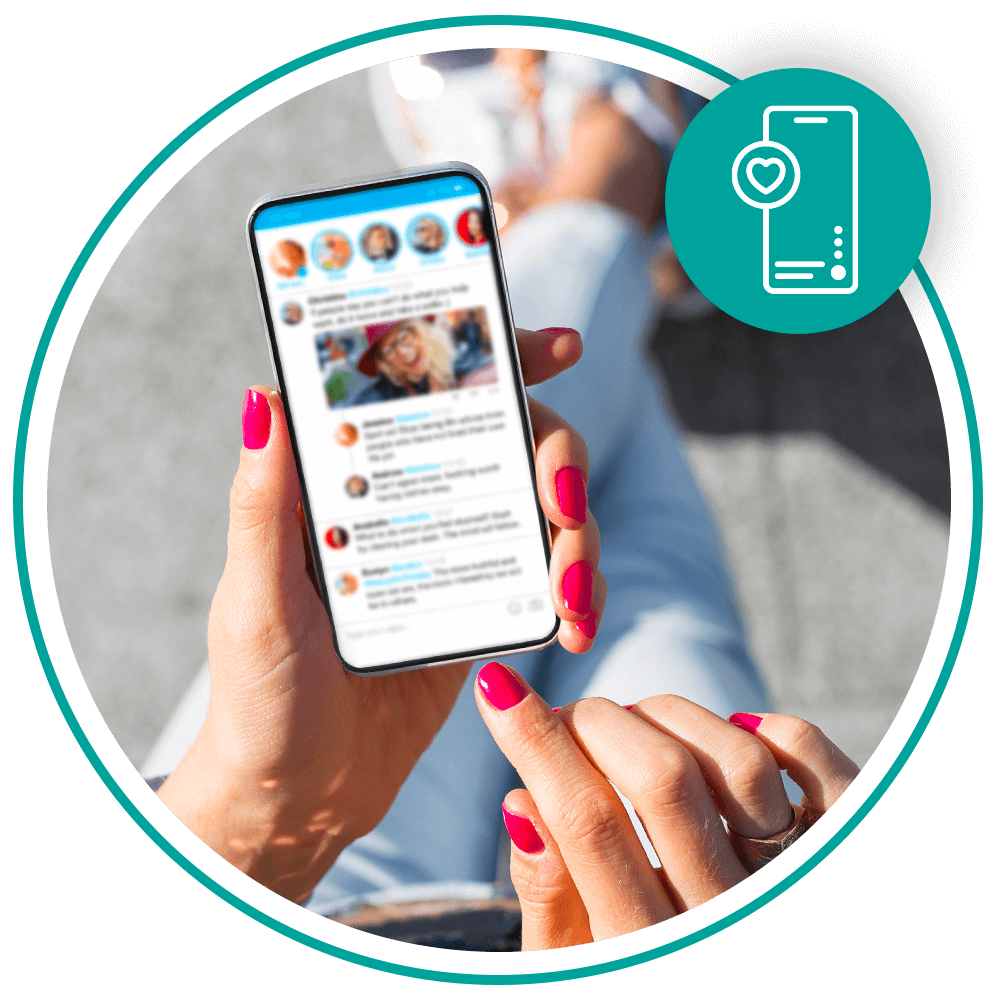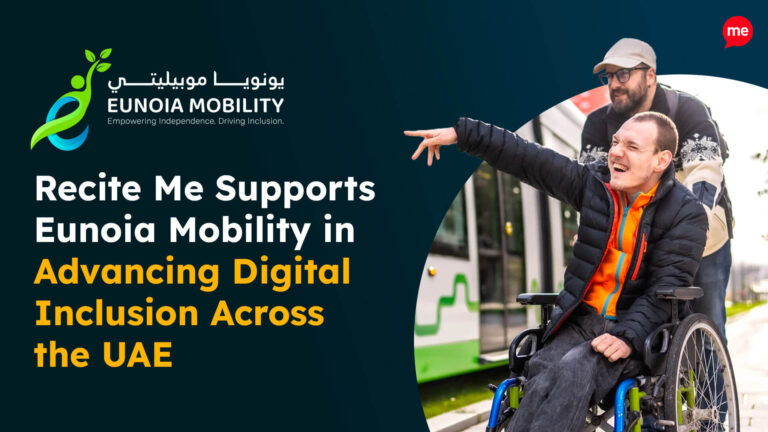Download Our Free ADA Compliance Checklist
Download NowSocial media has evolved into a critical communication channel for businesses, nonprofits, and public figures alike. It’s where audiences discover information, engage with brands, and form lasting impressions. But in the push to publish engaging content quickly, accessibility often gets overlooked. This leaves millions of people with disabilities excluded from important conversations.
The Americans with Disabilities Act (ADA) set the foundation for equal access in physical spaces more than three decades ago. Today it extends to online spaces, including the world of social media.
Should your social media posts comply with ADA standards?
The short answer is yes, they should be accessible. The ADA requires businesses and organizations that serve the public to provide equal access to their goods, services, and communications.
Social media is technically hosted on third-party platforms, but it still functions as a core communication channel for most public and private organizations. If a company uses Facebook, Instagram, TikTok, or LinkedIn to share information, that information should be accessible to everyone.
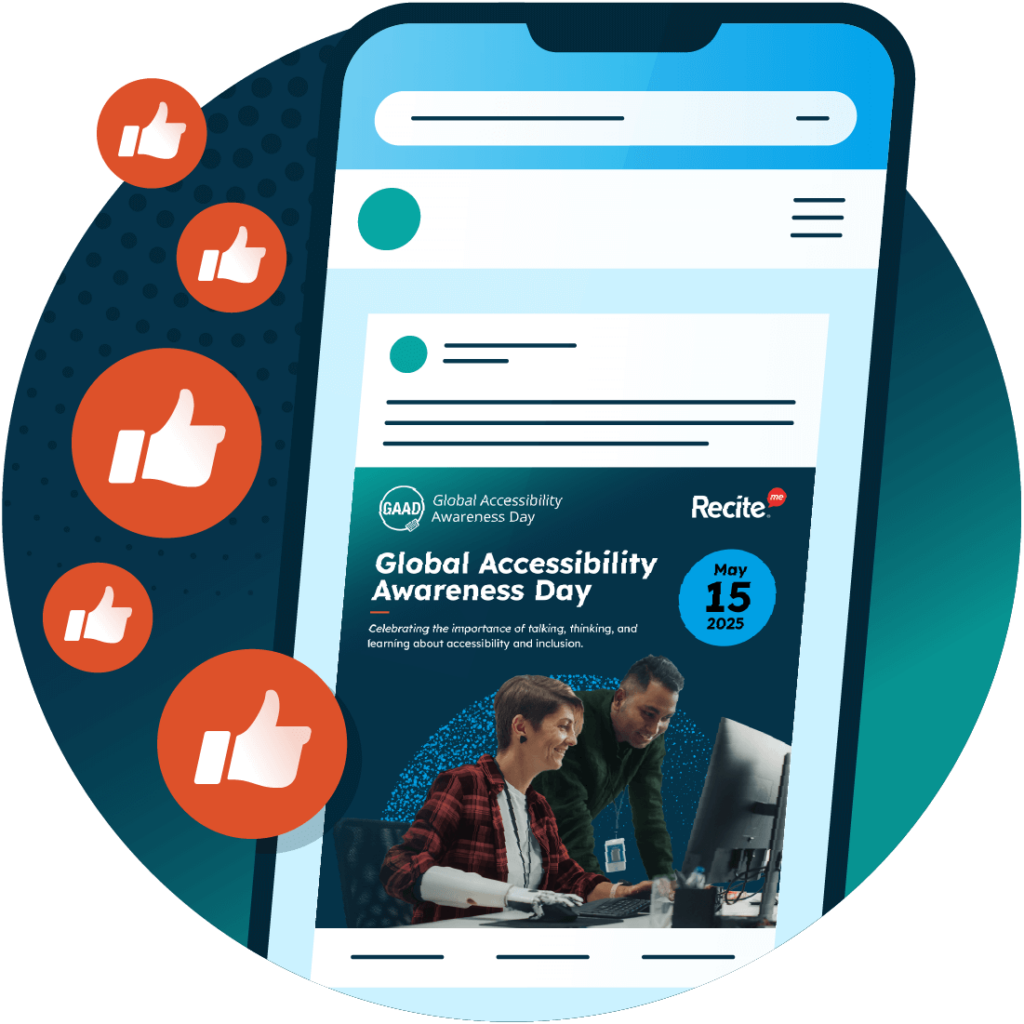

Who is responsible?
Responsibility for ADA compliance in social media falls on the person/business publishing the posts. In other words: your brand or organization is responsible for making your posts accessible, not the social media platform.
Yes, platforms like Instagram, X, and TikTok provide accessibility features such as alt text, captions, and automatic readability adjustments. But it’s up to the content creator to actually use them.
Get a free automated ADA compliance audit of your website. This audit will highlight compliance violations and provide the recommendations needed to meet ADA compliance standards.
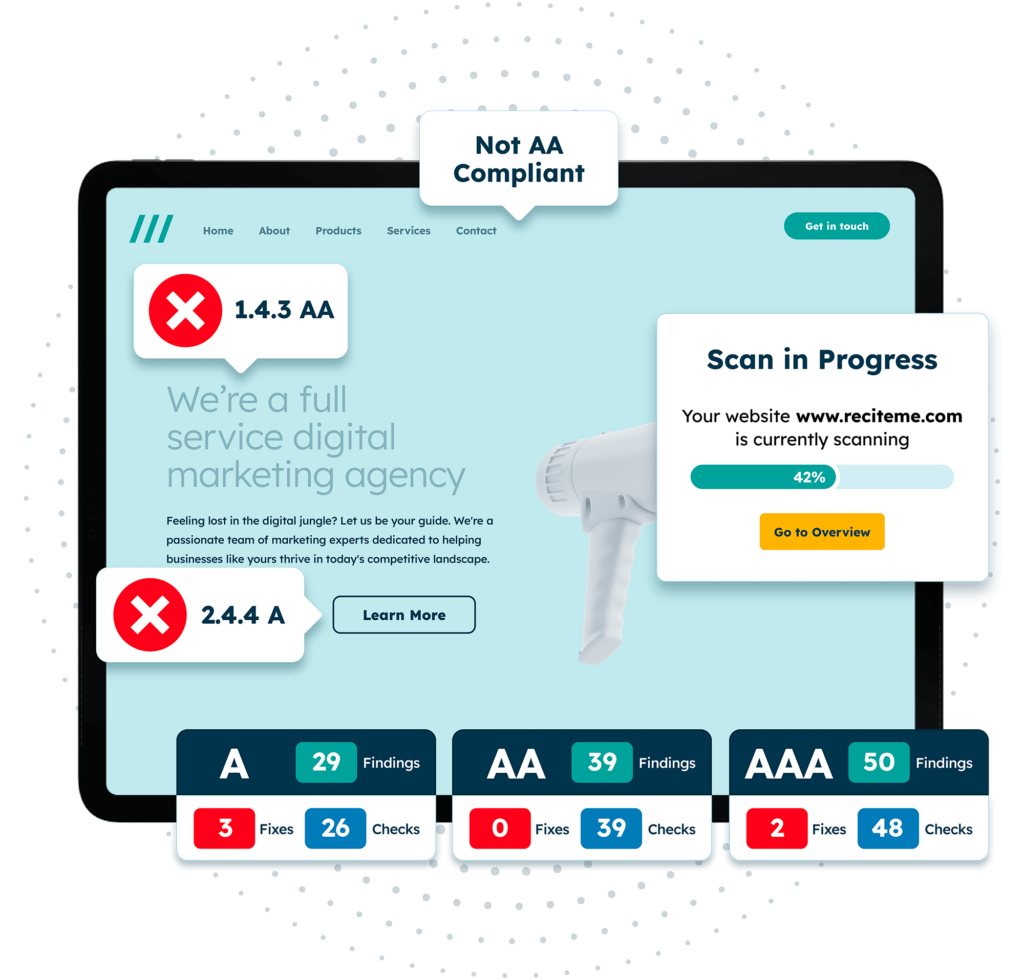
Practical tips for ensuring accessible social media content
Now that we know compliance matters and the responsibility is yours, how do you put accessibility into practice? The good news is you can make your content more inclusive and reduce legal risks by adopting a few consistent habits. Here are practical tips to follow:
Add alt text for images
Alt text (short for “alternative text”) is a written description of an image that allows screen readers to describe the content to users who are blind or visually impaired. Most social media platforms now allow you to add alt text when uploading images.
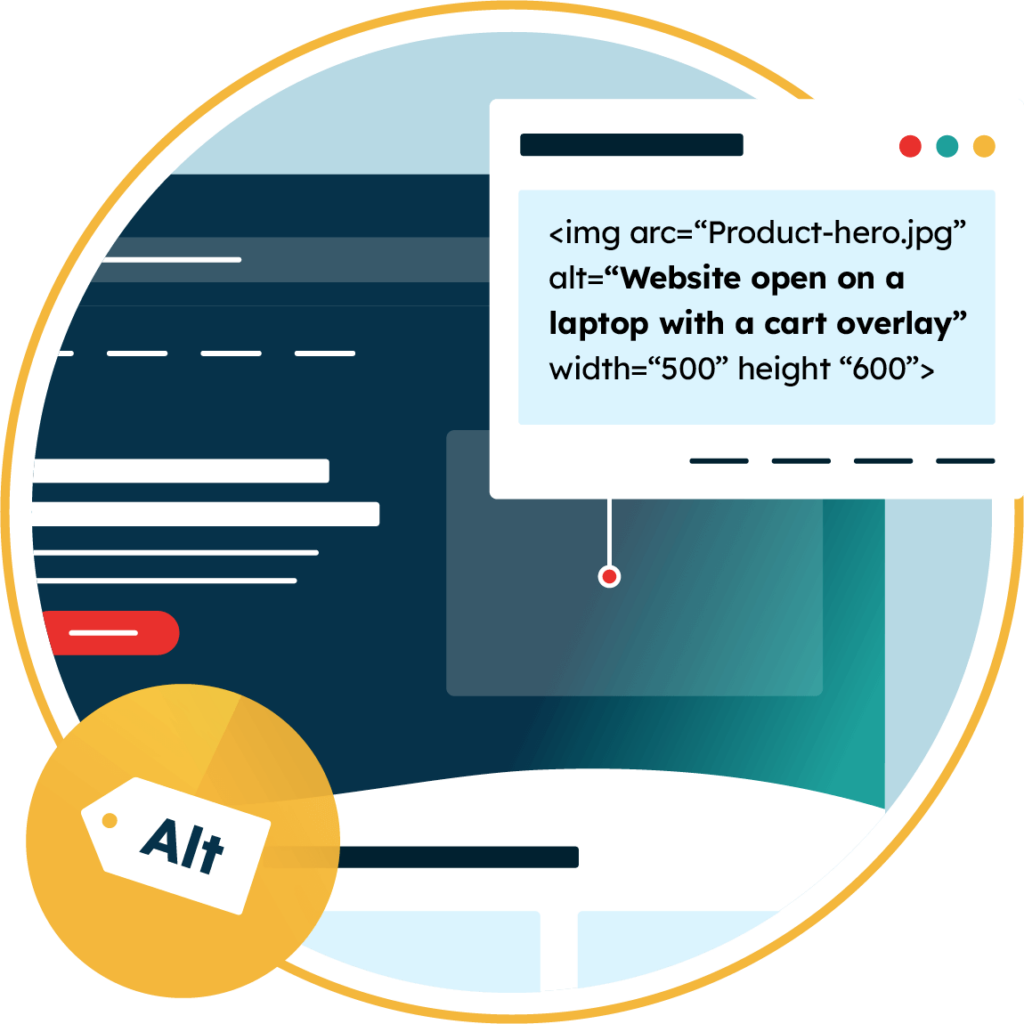
Best practices for alt text:
- Be descriptive but concise (usually under 125 characters).
- Describe the essential elements of the image, not every tiny detail.
- Avoid phrases like “image of” or “picture of”, as screen readers already announce it’s an image.
- If the image is purely decorative, you can leave alt text blank to avoid unnecessary clutter.
Include video captions
Captions ensure people who are deaf or hard of hearing can engage with your video content. They also benefit users watching without sound (a huge portion of social media viewers). Many brands now use captions as a default because they boost engagement even beyond accessibility.
Tips for effective captions:
- Use closed captions (so users can turn them on/off), not burned-in text unless necessary.
- Edit all auto-generated captions for accuracy as names, jargon, and slang often get misinterpreted.
- Sync captions properly with audio for readability.

Provide audio descriptions for important visual details when possible
For videos or stories where visuals are essential to understanding the message, make sure to provide audio descriptions. These are additional narrations that explain what’s happening on screen to people who are blind or have low vision.

While not always feasible for every short clip, you should consider audio descriptions vital for content like:
- Product demos
- Instructional content
- Videos that are part of a marketing, awareness, or product campaign, where the visuals are essential to understanding the message
Write in plain language for clarity and readability
Complex jargon, dense text, or overly stylized writing can exclude people with cognitive disabilities, non-native English speakers, or those with limited literacy skills.
Plain language tips:
- Use short sentences and simple vocabulary.
- Break information into bullet points or numbered lists.
- Clearly state calls to action.
- Avoid unnecessary abbreviations or acronyms.
This doesn’t mean your content has to be dry and boring, it just means it should be understandable to the widest possible audience.

Ensure colour contrast in graphics and text overlays
Graphics with text overlays are popular on social media, but poor color contrast can make them unreadable for people with visual impairments or color blindness.
The guidelines recommend:
- Aim for a contrast ratio of at least 4.5:1 for normal text and 3:1 for large text.
- Avoid placing text over busy backgrounds without a solid color block behind it.
- Use tools like a Color Contrast Checker to test your content.
High-contrast design also improves readability for everyone scrolling quickly on small screens.
Avoid flashing/strobing visuals that may trigger seizures
Content with rapidly flashing lights or strobing effects can trigger seizures in people with photosensitive epilepsy. The general rule: avoid content that flashes more than three times per second.
It’s rare to have flashing effects that are essential to your content, but if so, add a warning at the beginning so users can choose whether to continue.


Use CamelCase for hashtags
CamelCase is a writing style that joins multiple words into a single compound word and capitalizes letters to mark the beginning of each subsequent word after the first.
Hashtags written in all lowercase (e.g. #socialmediaaccessibility) can be difficult for screen readers to interpret. By capitalizing the first letter of each word (#SocialMediaAccessibility), screen readers can separate the words and pronounce them correctly.
Why does ADA Compliance matter on social media?
Beyond following ADA best practices, why should you invest time in making your posts accessible? Here are three core reasons:
Accessibility is the right thing to do
At its heart, accessibility is about fairness and inclusion. People with disabilities should have the same opportunities to engage, learn, and participate online as anyone else. The CDC estimates that more than 1 in 4 adults in the US has some form of disability, ranging from visual or auditory impairments to cognitive or mobility challenges.
By creating social media content that is accessible, you are actively removing barriers and ensuring equal access. Accessible posts show respect, empathy, and a genuine commitment to equity, helping you build deeper, more authentic connections with your audience.


Mitigate legal risks
Legal precedent shows that brands cannot afford to ignore accessibility issues. Major organizations have already faced lawsuits over inaccessible digital content. For example, Netflix was sued for failing to provide closed captions on its streaming videos, and Domino’s Pizza because its online platforms could not be used with screen readers.
The costs of defending these claims, paying settlements, and correcting non-compliant content can be substantial, not to mention the reputational damage that comes with being labeled as exclusive or negligent.
Have your content reach more people
Creating accessible content becomes a no brainer once you see how it can maximize your reach. Features like captions, alt text, and plain language benefit people with disabilities, but they also make your content easier to consume for everyone. For example, captions help commuters who view posts without sound, high-contrast graphics are more legible on mobile screens in bright sunlight, and plain language improves clarity for global audiences.


Protect your brands image and credibility
Audiences expect brands to lead with inclusivity and social responsibility. If your social media content excludes people with disabilities, it can harm your reputation and signal that accessibility isn’t a priority. Negative press, social backlash, and public criticism can spread quickly online and damage trust with both current and potential customers.
On the other hand, when you prioritize accessibility, you showcase integrity, thoughtfulness, and forward-thinking values. This strengthens customer loyalty and positions your brand as one that genuinely cares about all members of its community.
Want to make sure your website is compliant with the Americans with Disabilities Act? Then unlock the ADA compliance checklist now. Discover actionable steps to ensure ADA compliance, helping you avoid lawsuits and any other negative consequences of non-compliance.
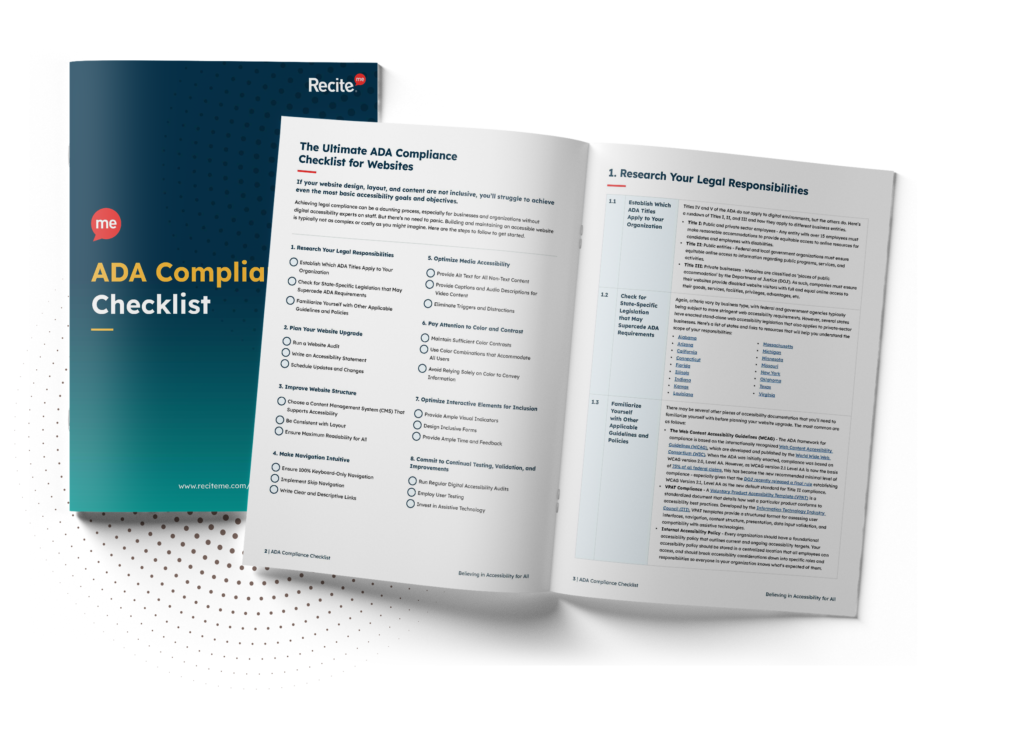
Conclusion: Create ADA compliant social media posts
Creating accessible social media posts is about taking ownership of your content and making it truly inclusive. Platforms like Instagram, Facebook, TikTok, and LinkedIn provide accessibility tools and features, but it’s ultimately your responsibility to use them.
By adding alt text to images, captions to videos, clear language, and thoughtful design, you’re not just meeting standards, you’re crafting content that everyone can enjoy. Accessible posts engage more people and ultimately make your social media content ADA compliant.
Social media ADA compliance FAQs
Looking for a recap or quick summary? Here are a few of our most frequently asked questions to help you get to grips with the essentials:
Are auto-generated captions enough for social media ADA compliance?
Not always. Auto-generated captions are a helpful starting point, but they often include errors or misinterpret spoken words, names, and jargon. Always review and edit captions for accuracy, timing, and readability so that your content is fully understandable for deaf users.
How do I make live videos accessible?
For live videos, use real-time captioning services or live transcription tools. It’s also a good idea to provide verbal descriptions of visual actions, and summarize key points for users who cannot see the screen.
How can I test if my social media content is accessible?
Use screen readers to experience content as visually impaired users would, run automated accessibility checkers for quick audits, and perform manual reviews. Most importantly, gather feedback from people with disabilities to identify real-world issues that automated tools might miss.
Does ADA compliance apply to hashtags?
Yes, hashtags should be written in CamelCase (capitalizing the first letter of each word) so screen readers can pronounce the words correctly, making them accessible to visually impaired users.
Are emojis accessible?
Emojis can be read by screen readers but they need to be inserted thoughtfully. Avoid stacking multiple emojis without context, and include descriptive text when an emoji conveys important meaning.
How often should I review content for accessibility?
Accessibility should be part of your workflow for every post. Regular audits every 3-6 months can also help catch missed accessibility barriers or design issues.
